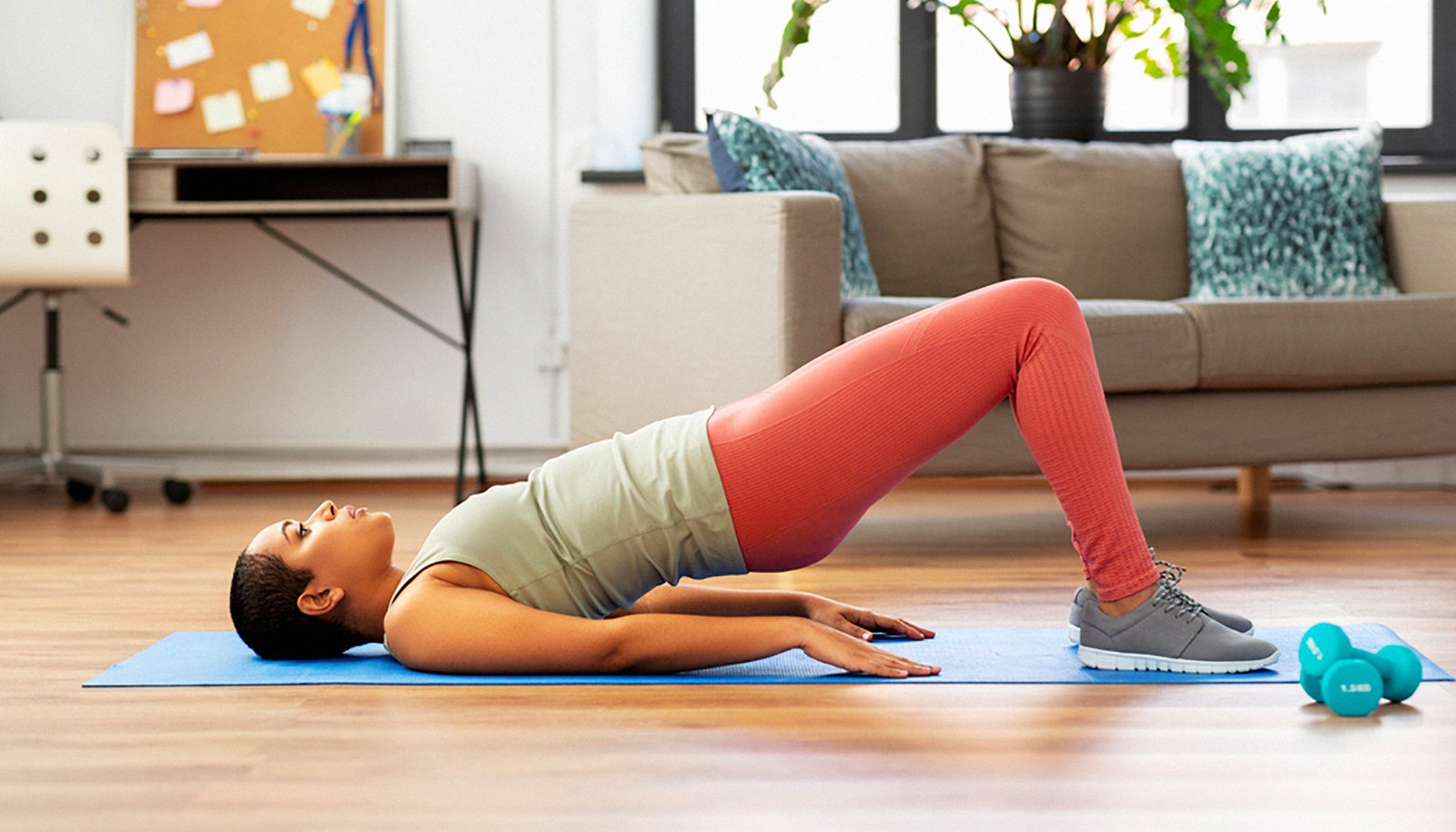- Discover the #1 habit to strengthen your pelvic floor, according to an OBGYN. Learn how Kegel exercises and lifestyle changes can improve your health and reduce symptoms.
A weak pelvic floor can lead to a range of uncomfortable and sometimes embarrassing issues, from urinary incontinence to pelvic organ prolapse. If you’ve been struggling with these symptoms, you’re not alone. According to an OBGYN, there’s one critical habit you can start today to strengthen your pelvic floor and improve your quality of life. This article will guide you through the science behind pelvic floor health, practical steps to strengthen it, and actionable tips to incorporate into your daily routine.
What Is the Pelvic Floor and Why Does It Matter?
The pelvic floor is a group of muscles and tissues that support the bladder, uterus, and rectum. These muscles play a crucial role in controlling urinary and bowel movements, stabilizing the pelvis, and enhancing sexual function. When the pelvic floor weakens, it can lead to:
• Urinary Incontinence: Leaking urine during activities like coughing, sneezing, or exercising.
• Pelvic Organ Prolapse: A feeling of heaviness or bulging in the pelvic area as organs shift downward.
• Chronic Pain: Discomfort in the lower back, hips, or pelvic region.
Strengthening your pelvic floor can help alleviate these symptoms and improve your overall well-being.
The #1 Habit to Strengthen Your Pelvic Floor: Kegel Exercises
According to OBGYNs, the most effective habit for improving pelvic floor health is regular Kegel exercises. Kegels involve contracting and relaxing the pelvic floor muscles, which helps build strength and endurance over time. Here’s why they work:
How Kegel Exercises Benefit Your Pelvic Floor
• Increase Muscle Strength: Regular practice tones and strengthens the pelvic floor muscles.
• Improve Control: Enhances your ability to control bladder and bowel movements.
• Reduce Symptoms: Alleviates incontinence, prolapse, and pelvic pain.
How to Perform Kegel Exercises Correctly
To get the most out of Kegel exercises, performing them correctly is essential. Follow these steps:
1. Identify the Right Muscles:
– Try stopping the flow of urine midstream. The muscles you use to do this are your pelvic floor muscles.
– Once identified, avoid practicing Kegels during urination to prevent complications.
2. Adopt a Comfortable Position:
– Sit, lie down, or stand—whatever feels most comfortable.
– Ensure your abdominal and thigh muscles are relaxed.
3. Contract and Hold:
– Tighten your pelvic floor muscles for 5 seconds.
– Release and rest for 5 seconds.
4. Repeat:
– Aim for 10-15 repetitions, 3 times a day.
– Gradually increase the holding time as your muscles get stronger.
Common Mistakes to Avoid
• Holding Your Breath: Breathe normally throughout the exercise.
• Overusing Other Muscles: Focus solely on the pelvic floor, not the abs or thighs.
• Inconsistent Practice: Consistency is key to seeing results.
Additional Tips for Pelvic Floor Health
While Kegel exercises are the cornerstone of pelvic floor strengthening, incorporating these habits can further support your efforts:
Lifestyle Adjustments
• Maintain a Healthy Weight: Excess weight puts additional pressure on the pelvic floor.
• Stay Hydrated: Drink plenty of water to support bladder health.
• Avoid Constipation: Eat a fiber-rich diet to prevent straining during bowel movements.
Professional Support
• Physical Therapy: A pelvic floor physical therapist can provide personalized guidance.
• Medical Consultation: If symptoms persist, consult an OBGYN for further evaluation.
Real-World Success Stories
Many women have transformed their pelvic floor health with consistent effort. For example, Sarah, a 42-year-old mother of two, struggled with urinary incontinence after childbirth. By incorporating Kegels into her daily routine and making lifestyle changes, she regained control and confidence within six months.
Quick Tips to Get Started:
Actionable Tips:
• Start with just 5 Kegels a day and gradually increase.
• Set reminders on your phone to stay consistent.
• Pair Kegels with another daily habit, like brushing your teeth.
Fun Facts:
• Dr. Arnold Kegel first introduced Kegel exercises in the 1940s.
• Both men and women benefit from pelvic floor strengthening.
Conclusion
Strengthening your pelvic floor doesn’t have to be overwhelming. By starting with Kegel exercises and incorporating supportive habits, you can take control of your pelvic health and enjoy a better quality of life. Remember, consistency is key—your efforts will pay off over time.




